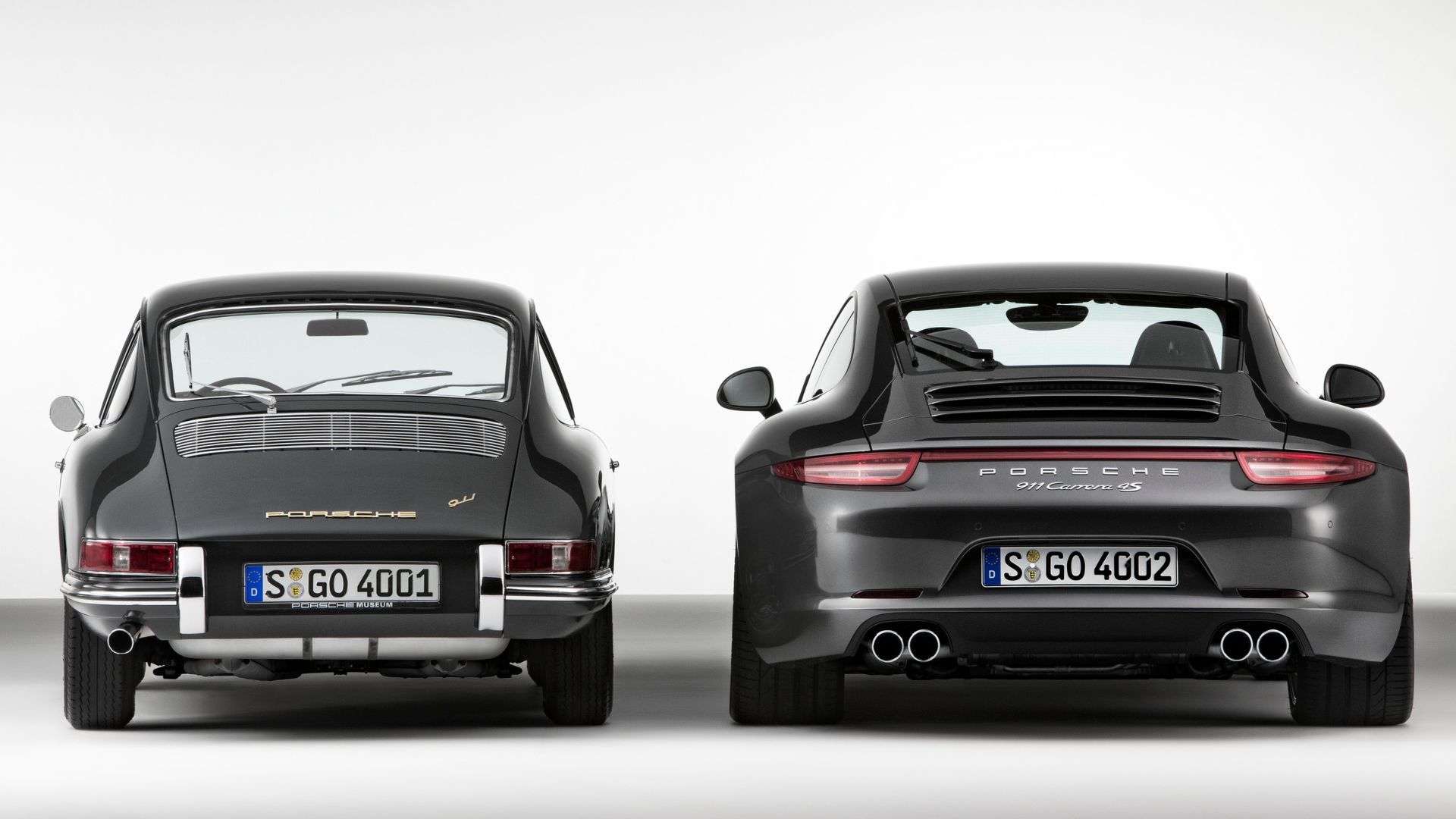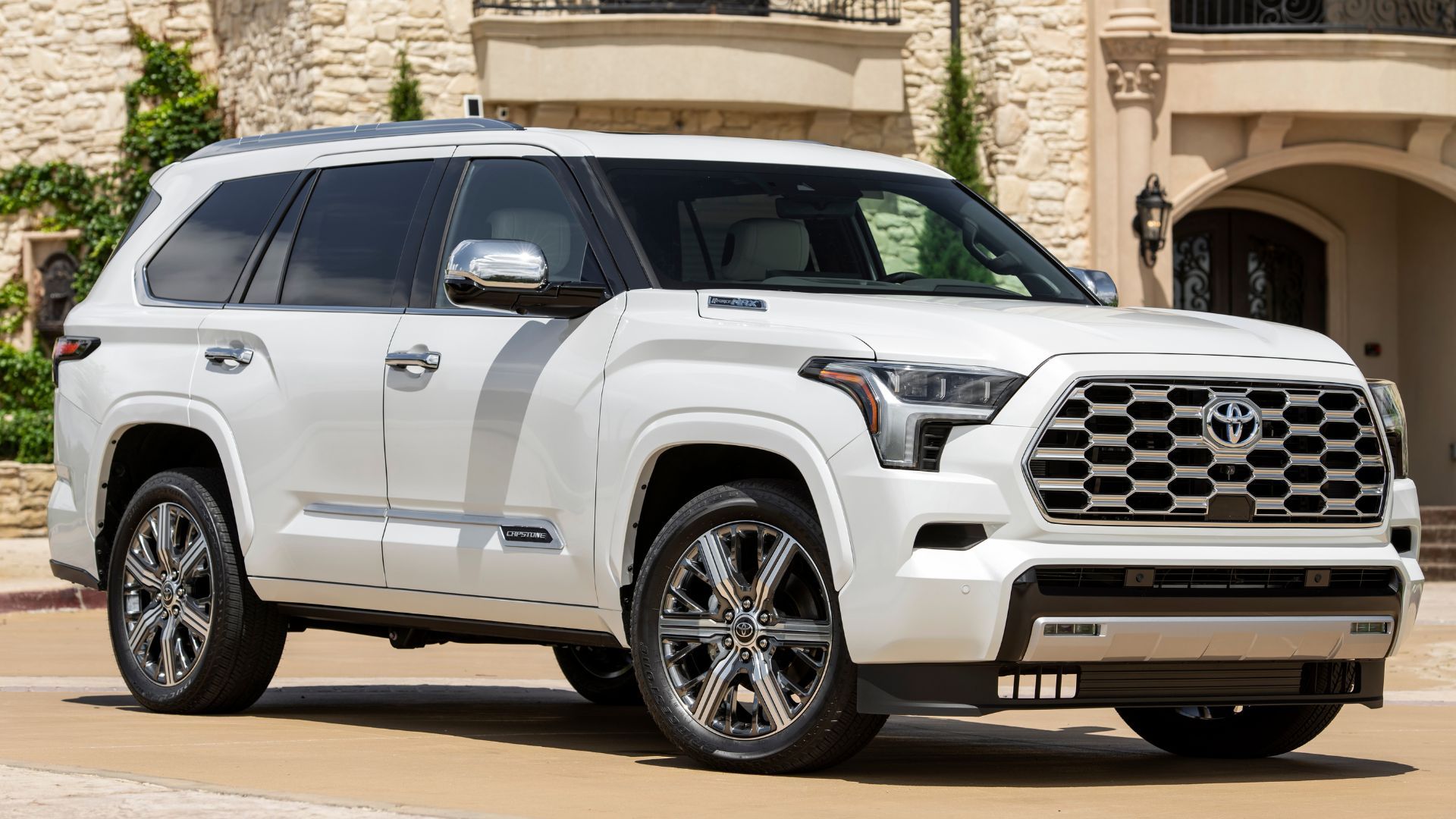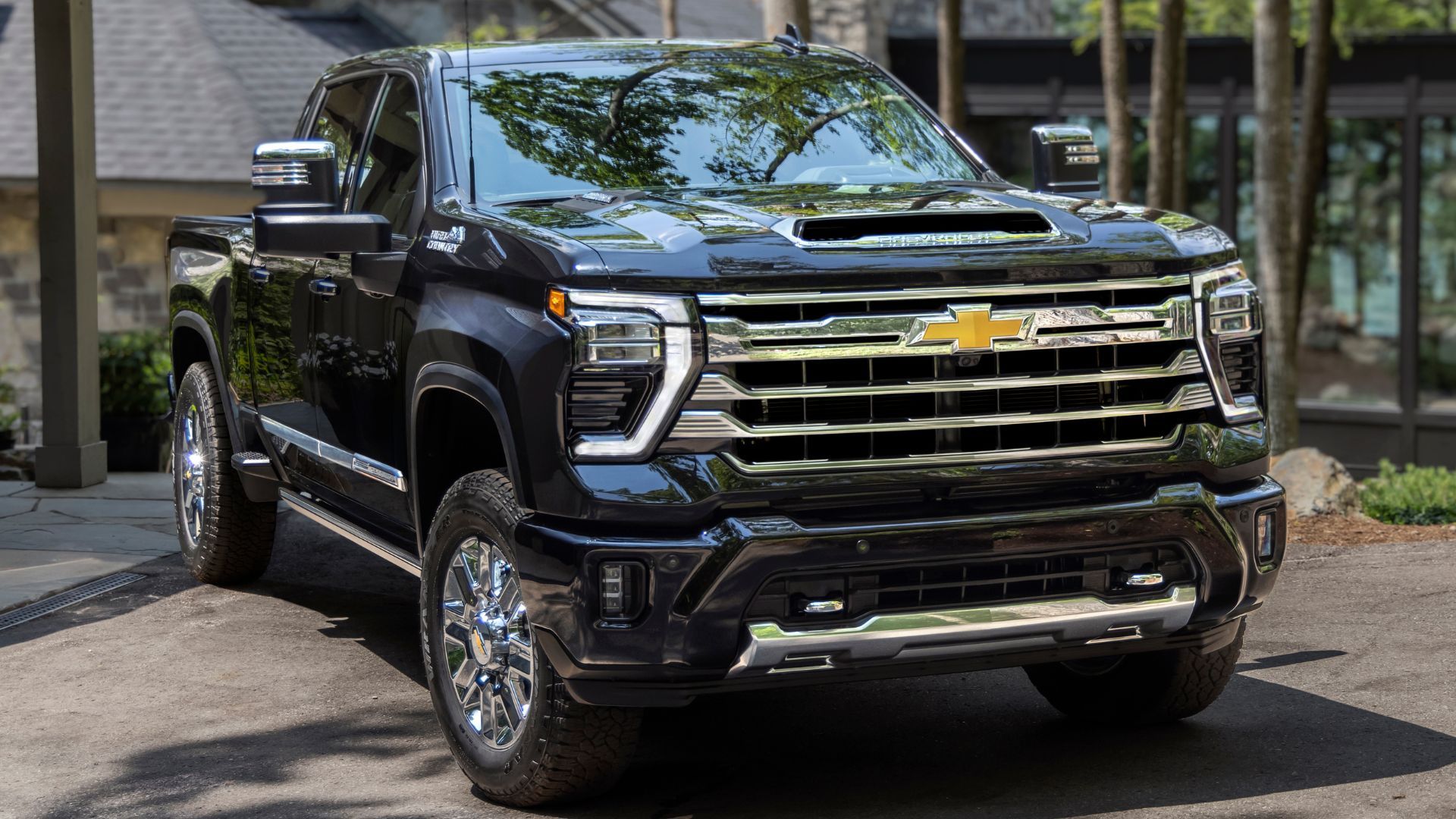It’s high time they lose a little weight!
Surely you’ve noticed a troubling trend in cars for the past decade or so: they’re getting really porky. Sure, the increased popularity of crossovers is helping to fuel the trend, but that’s only part of the problem. Go put a modern Porsche 911 next to a classic 911 and it quickly becomes apparent just how much vehicles have ballooned in size. What’s worse, car leasing service Vanarama points out what we all know: soon vehicles will outgrow the size of the average parking spot.
Learn why the UN is to blame for modern cars all looking the same here.
According to a study conducted by Vanarama, South Korea will be the first country to outgrow its parking spaces, with that projected catastrophe to hit in August 2024. Will they have to repaint the lines and pave more space for parking, or build more parking structures? We don’t know, but the US isn’t far behind with the projected doomsday coming November 2024.
What’s more, Vanarama claims the US will have the largest cars in the world by 2030. Honestly, that surprises us since we’re pretty sure we already have the largest cars and have since at least 1948.

If you ask us, the solution is to find ways to trim cars down. Even if Vanarama’s numbers and estimates are a little off, something people can freely debate, we think its study highlights one of the many problems caused by today’s bloated cars.
As we said before, you can try blaming the entire problem on crossovers, but those balloons on wheels only share part of the blame. Yes, our aging population loves the hip-level seat bottoms since they’re easier to get into and out of than a traditional sedan or coupe, but even those are portly as can be.
Part of the reason for our fat cars is increasing safety standards. With NHTSA and IIHS pressing automakers to jump through more hoops with more stringent or additional tests, engineers have to include more features in the structure of cars. And surprise, all those frame reinforcements, crumple zones, airbags, etc. take up additional space.

For example, if you’ve noticed the hoods on newer trucks and SUVs are comically tall, that’s thanks to a new regulation requiring more space between the engine and the hood so if a pedestrian is hit they aren’t striking the engine as they land on the hood. That’s not a joke, and it’s made it so automakers are placing front-facing cameras on larger vehicles so drivers can see what’s immediately in front of them.
Also adding to the bloated size of vehicles is the swelling waistlines of drivers and passengers. This phenomenon has been documented for some time, but a lot of people wouldn’t comfortably fit in vehicles made in the 80s and 90s, and we’re not talking about a lack of legroom. Automakers have been making seats wider, adding more hip- and shoulder-room to accommodate the growing ranks of people who are obese.

Another driving factor in this battle of the bulge is everyone wanting a ridiculous number of features crammed into their vehicle. Massaging seats, heated windshields, infotainment screens the size of the TV we watched as kids, starlight headliners, cooled center consoles, and our favorite, UV light sanitizer compartments for smartphones, all take up space, adding fuel to the fire.
Driving these boated whales on wheels isn’t nearly as fun as the lighter, more agile, and more analog cars of the past. What’s more, there’s a concern modern EVs are so large and heavy they constitute a safety concern. Somewhere along the way we all became convinced this was necessary, good, and the only way forward. Will there be a point where society collectively realizes this is overboard?
Check out Vanarama’s car size data here.
Photos via BMW, Porsche, Toyota, GM





